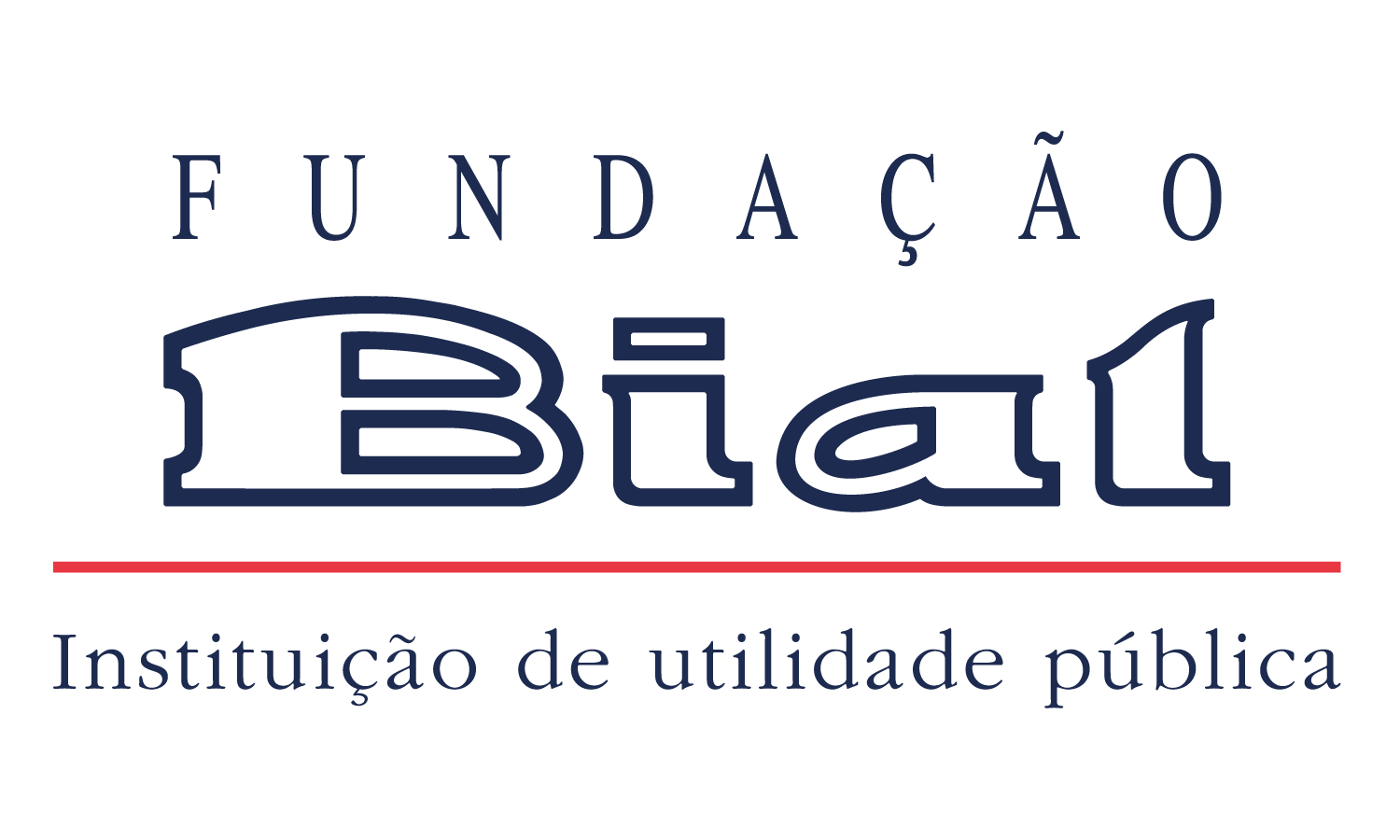No âmbito do projeto de Investigação 304/14 - The impact of music training on reading and mathematical abilities of normal and reading disabled children: a behavioral and neuroimaging longitudinal study, financiado pela Fundação BIAL, a equipa de investigação publicou o artigo Resting-state connectivity reveals a role for sensorimotor systems in vocal emotional processing in children na revista NeuroImage.
“Voices are a primary source of emotional information in everyday interactions. Being able to process non-verbal vocal emotional cues, namely those embedded in speech prosody, impacts on our behaviour and communication. Extant research has delineated the role of temporal and inferior frontal brain regions for vocal emotional processing. A growing number of studies also suggest the involvement of the motor system, but little is known about such potential involvement. Using resting-state fMRI, we ask if the patterns of motor system intrinsic connectivity play a role in emotional prosody recognition in children. Fifty-five 8-year-old children completed an emotional prosody recognition task and a resting-state scan. Better performance in emotion recognition was predicted by a stronger connectivity between the inferior frontal gyrus (IFG) and motor regions including primary motor, lateral premotor and supplementary motor sites. This is mostly driven by the IFG pars triangularis and cannot be explained by differences in domain-general cognitive abilities. These findings indicate that individual differences in the engagement of sensorimotor systems, and in its coupling with inferior frontal regions, underpin variation in children’s emotional speech perception skills. They suggest that sensorimotor and higher-order evaluative processes interact to aid emotion recognition, and have implications for models of vocal emotional communication.”

































































































